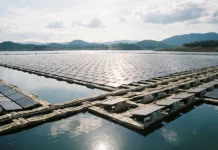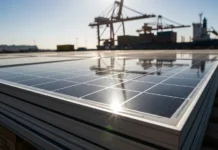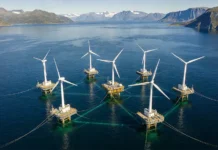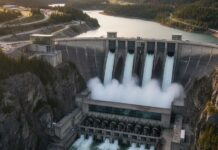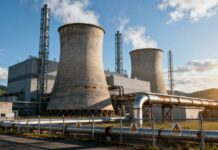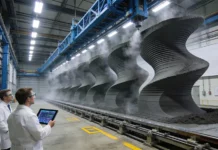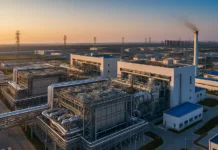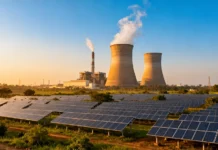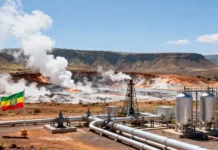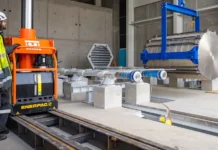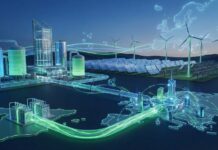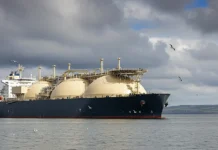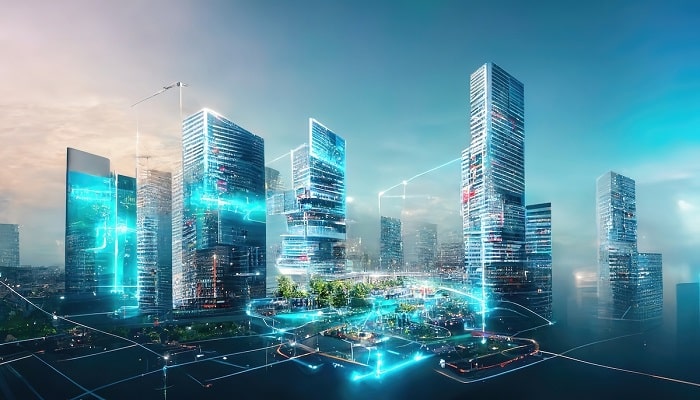The integration of smart energy systems into urban planning is swiftly becoming an essential component as cities globally endeavor to elevate their sustainability, efficiency, and adaptability. These encompass an extensive array of technologies and methodologies, including the generation of renewable energy, energy storage solutions, smart grid implementations, and the strategic management of energy demand. By fusing these elements within the framework of urban planning, cities can not only diminish their carbon footprint but also elevate the living standards of their inhabitants. This article delves into exemplary practices and case studies within the realm of smart energy systems in urban planning.
A cardinal principle in devising smart energy systems for urban settings involves the adoption of an all-encompassing approach that takes into account the intricate interconnections between disparate sectors like transportation, infrastructure, and industry. This strategy empowers cities to optimize their energy consumption and mitigate greenhouse gas emissions by identifying synergies and harnessing the potential of diverse technologies and methodologies. For example, electric vehicles can function as mobile energy storage units, offering flexibility to the grid and facilitating the assimilation of renewable energy sources. Correspondingly, energy-efficient structures can curtail overall electricity demand, while systems for district heating and cooling can capitalize on waste heat produced by industrial processes.
Another pivotal facet of smart energy systems in urban planning pertains to the utilization of data and digital technologies for the purpose of monitoring, regulating, and optimizing energy production and consumption. Smart meters, sensors, and advanced analytics proffer invaluable insights into energy consumption patterns, empowering utilities and city planners to conceptualize more resource-efficient and responsive systems. By way of illustration, initiatives centered on demand-side management can incentivize consumers to shift their electricity consumption to non-peak hours, thereby lessening the necessity for costly and environmentally detrimental peaking power plants. Furthermore, smart grids can autonomously detect and react to fluctuations in supply and demand, ensuring a steady and dependable flow of electrical power.
Several noteworthy case studies stand as testaments to the potential of smart energy systems within urban planning. One such instance is Copenhagen, Denmark, which has set forth an ambitious objective of achieving carbon neutrality by 2025. To realize this vision, the city has implemented a spectrum of measures, encompassing the installation of wind turbines, solar panels, biomass plants, and the establishment of an expansive district heating and cooling infrastructure.
Another source of inspiration emerges from the city of Masdar in the United Arab Emirates, conceived as a model for sustainable urban advancement. Masdar incorporates a diverse array of smart energy systems, including solar energy generation, energy-efficient edifices, and a sophisticated waste management mechanism that converts refuse into energy. The city boasts a cutting-edge transportation system as well, featuring electric vehicles, autonomous pods, and a light rail network—all propelled by renewable energy sources.
Smart energy systems wield a pivotal influence in reshaping urban planning paradigms as cities across the globe aspire to curtail their environmental impact and enhance the well-being of their residents. By embracing a holistic strategy that accounts for the interplay between disparate sectors and harnessing the potential of data and digital technologies, urban planners can lay the groundwork for energy systems that are both more sustainable and resilient.



